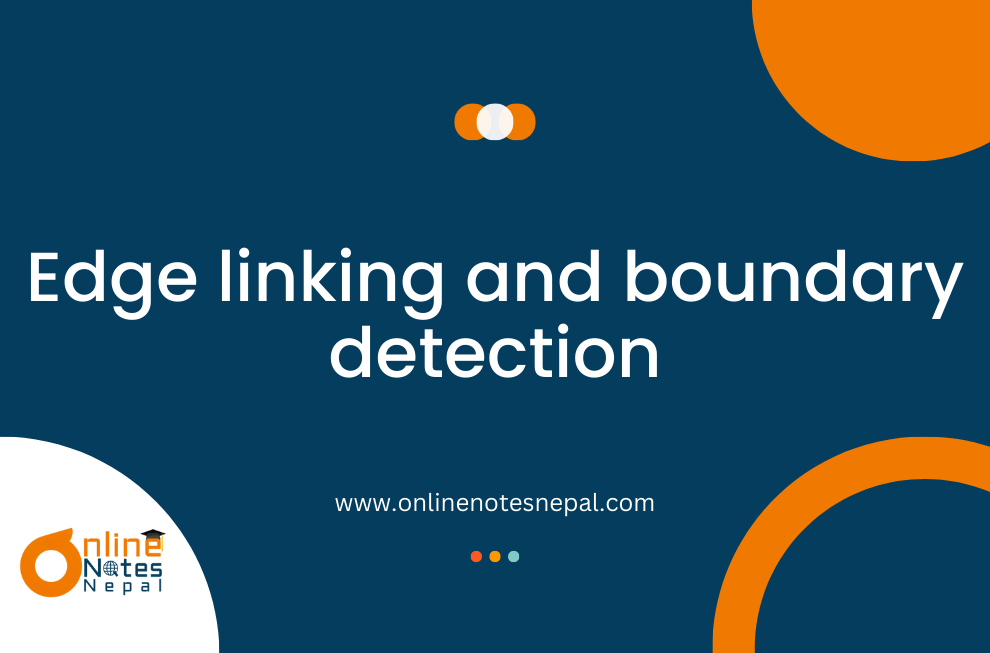Published by: Neha Khadka
Published date: 23 Jul 2024

In order to extract meaningful information from images, image processing and computer vision require the critical processes of edge connecting and boundary detection. They entail converting unprocessed pixel data into more complex representations like contours, curves, and lines.
Understanding edge detection is crucial before moving on to edge connecting. This method finds the pixels in the image where the intensity has changed significantly. Typical methods for detecting edges include:
Methods based on gradients: Prewitt, Sobel, and Canny operators
Gaussian Laplacian (LoG): detects blobs as well as edges.
Edge linking creates object boundaries by joining fragmented edge pixels into continuous curves. The objective is to separate edge pixels from distinct objects while grouping those that belong to the same object. Typical methods include of:
The goal of boundary detection is to precisely identify the contours that divide different items in a picture. To get more exact bounds, edge linking findings are frequently refined. Methods consist of: